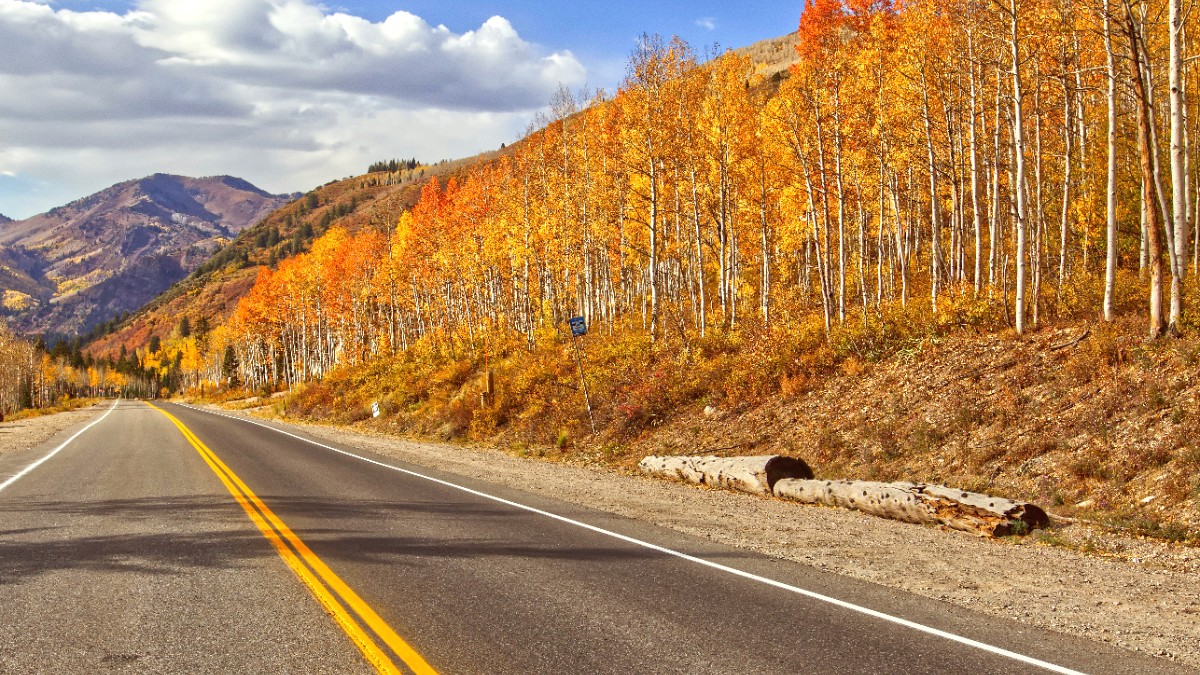
Rocky Mountains, USA
Aspen is served by a local airport and accessible from larger regional and international hubs.
No direct international flights operate to ASE or EGE. International travelers connect through major U.S. Hubs.
A small terminal with car rental desks, baggage claim, limited dining options, and ground transportation services. It operates efficiently but has fewer amenities than larger airports.
Larger than ASE, with more amenities, including a few restaurants, shops, and multiple ground transportation options.
A major international airport with extensive facilities. It offers numerous dining and shopping options, a dedicated car rental center, and multiple ground transport choices.
The most common route from Denver includes taking I-70 West to Glenwood Springs, then CO-82 East to Aspen. This route is typically well-maintained.
This scenic route to Twin Lakes and Leadville is closed seasonally. It is typically shut down from late October or early November until late May or early June due to heavy snow. It is a narrow, winding mountain pass.
It is beneficial to have a vehicle with All-Wheel Drive (AWD) or Four-Wheel Drive (4WD) during winter months. Vehicles with M+S (mud and snow) or dedicated snow tires often legally needed on I-70 and other mountain passes.
No direct train service goes to Aspen. The closest Amtrak station is in Glenwood Springs, approximately 40 miles (64 km) north. From there, take RFTA bus.
Reaching Aspen by land Brings scenic routes and flexibility for exploring the broader region.
Mountain roads can be winding and steep. Watch for wildlife, especially at dawn or dusk.
Motorcycle and scooter rentals have limited availability and are not practical for winter travel due to snow and ice.
Always check road conditions (cotrip.org) before driving, especially in winter. Allow extra time for airport travel during snowy periods.